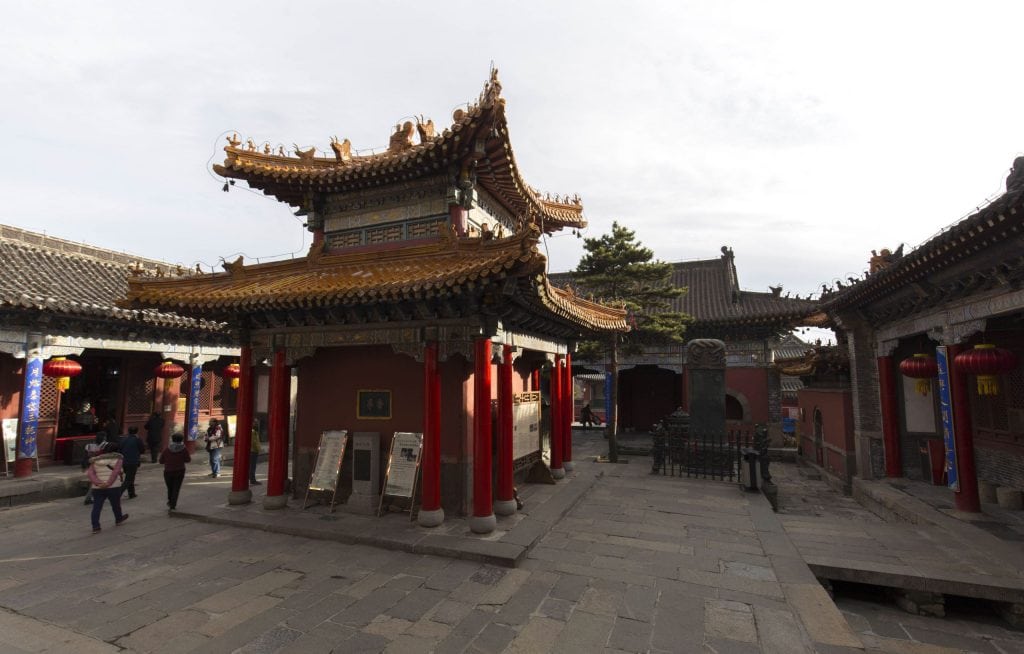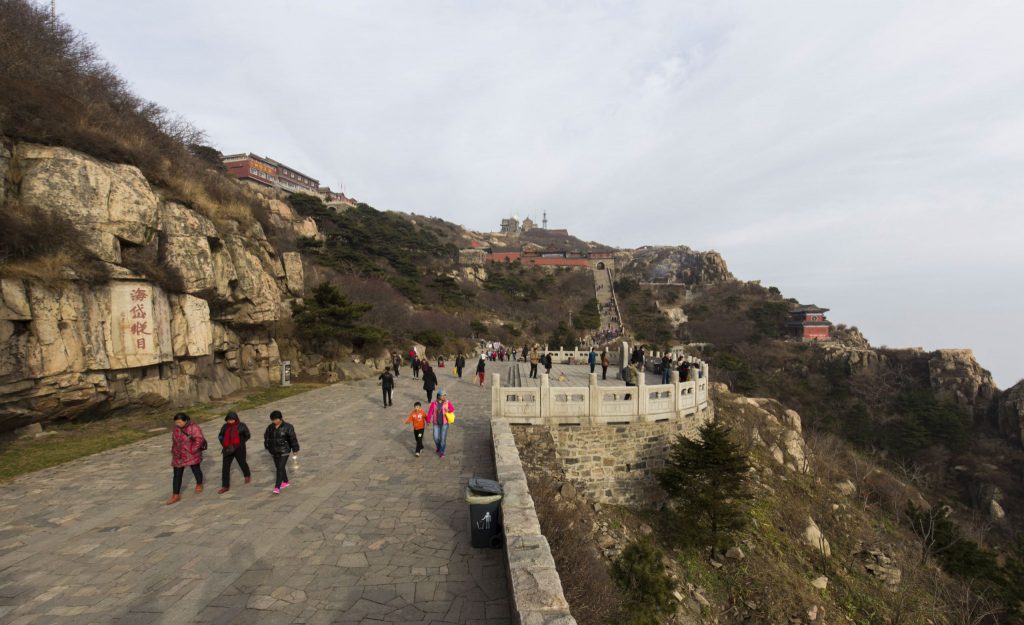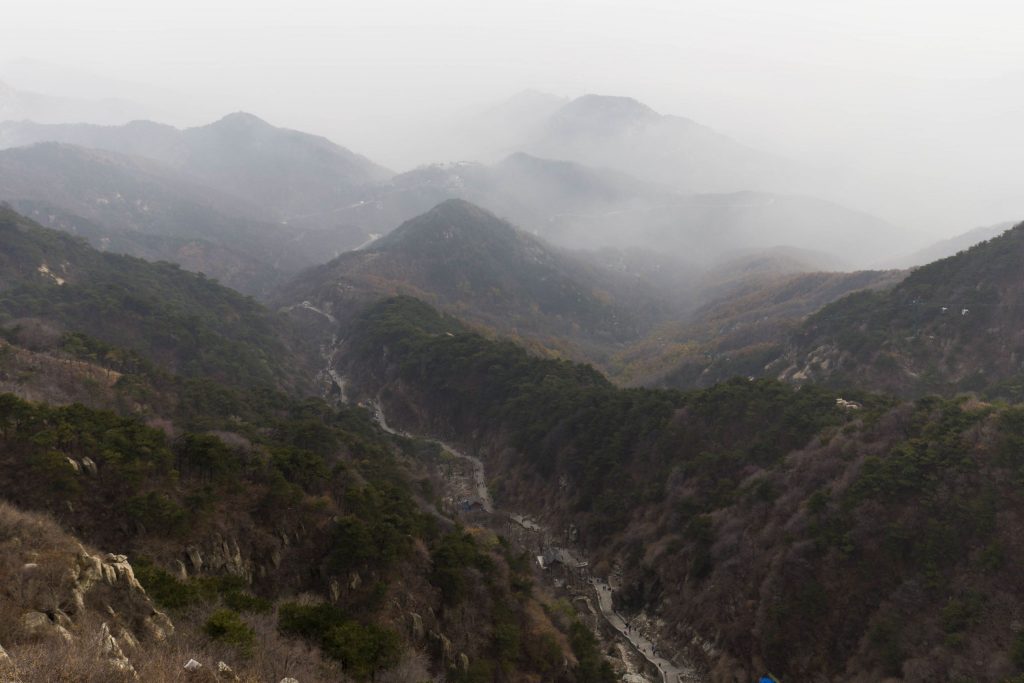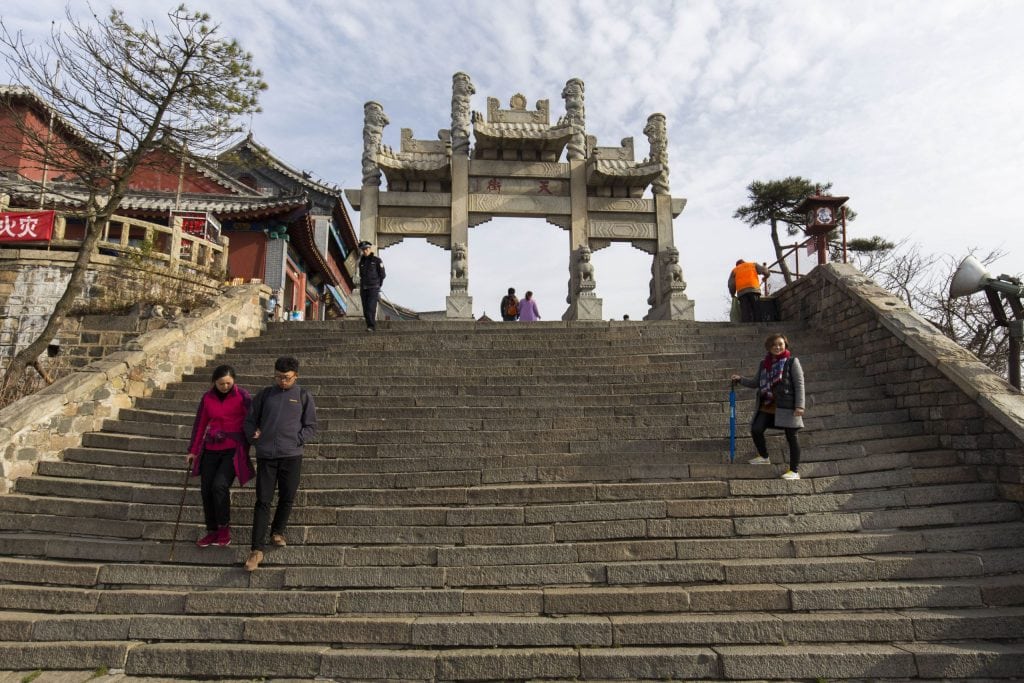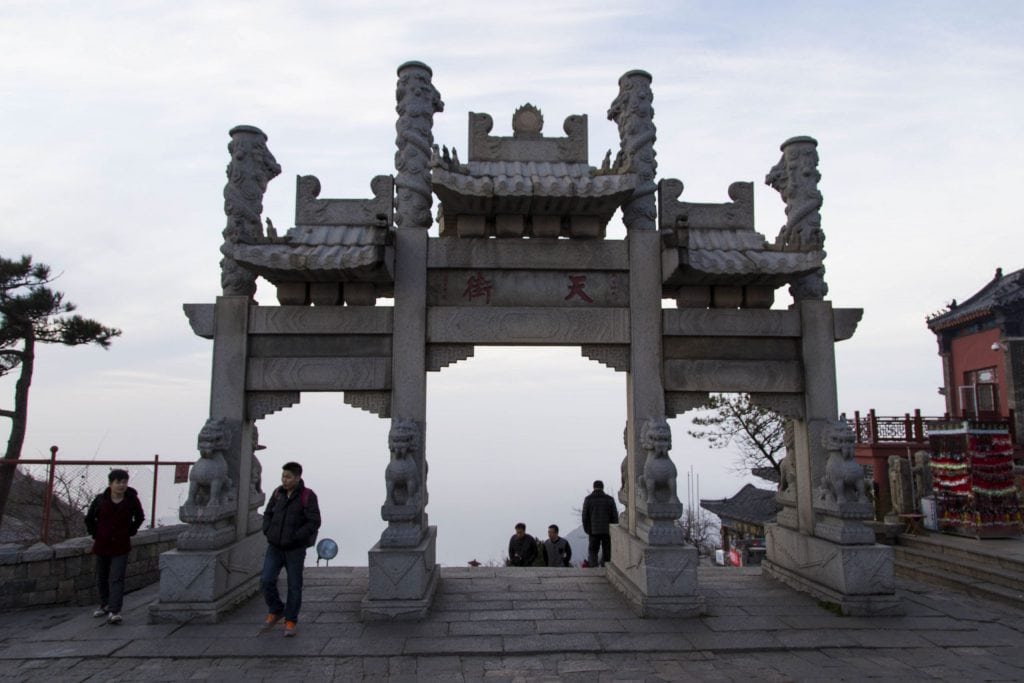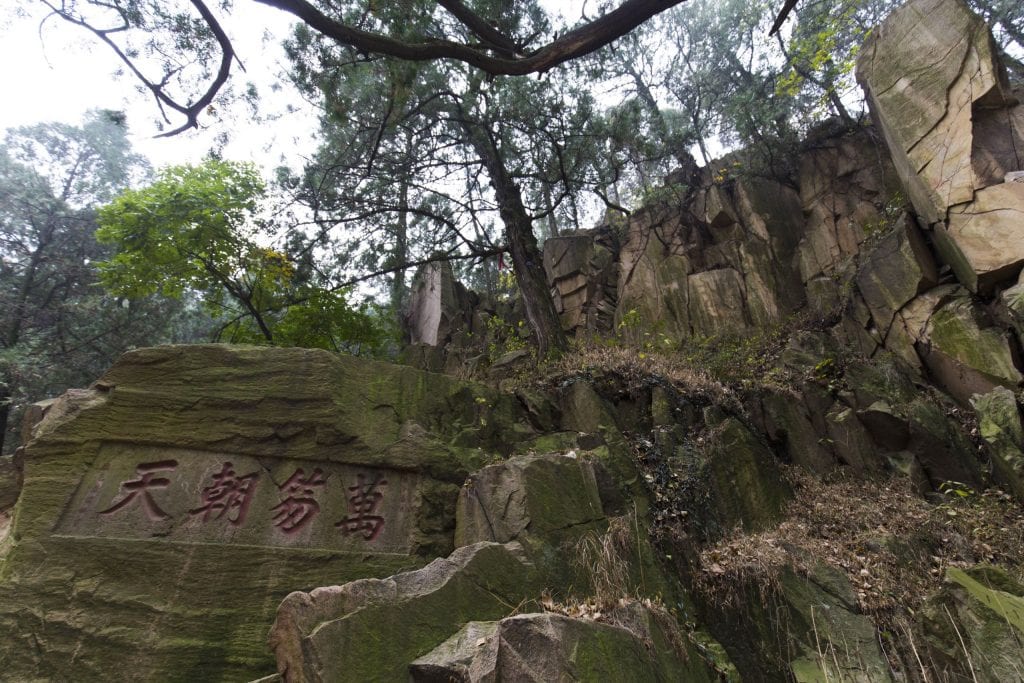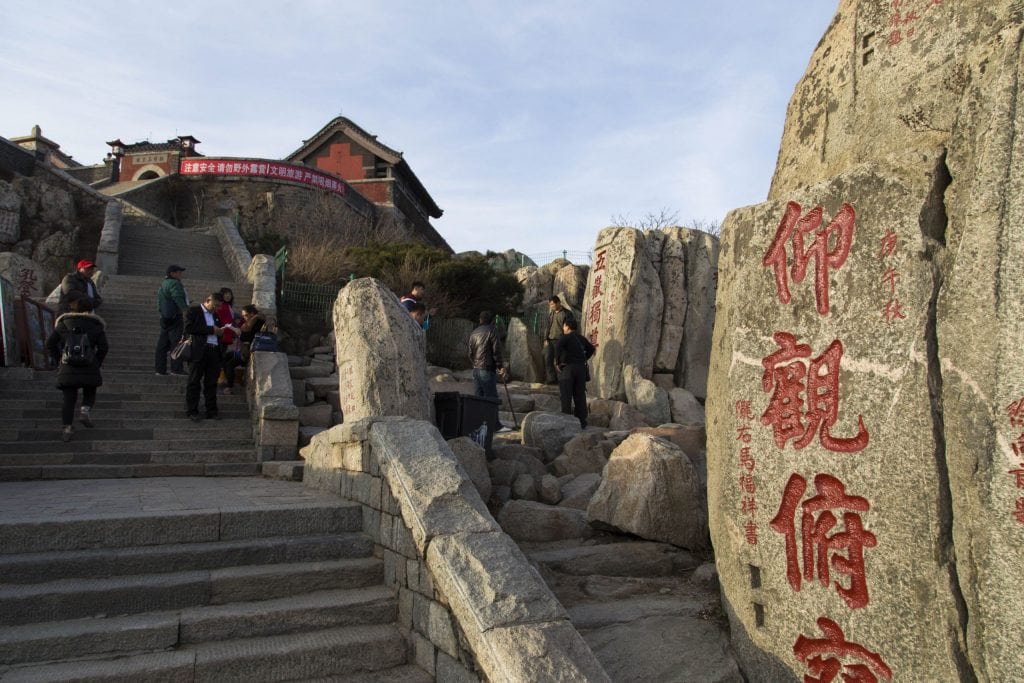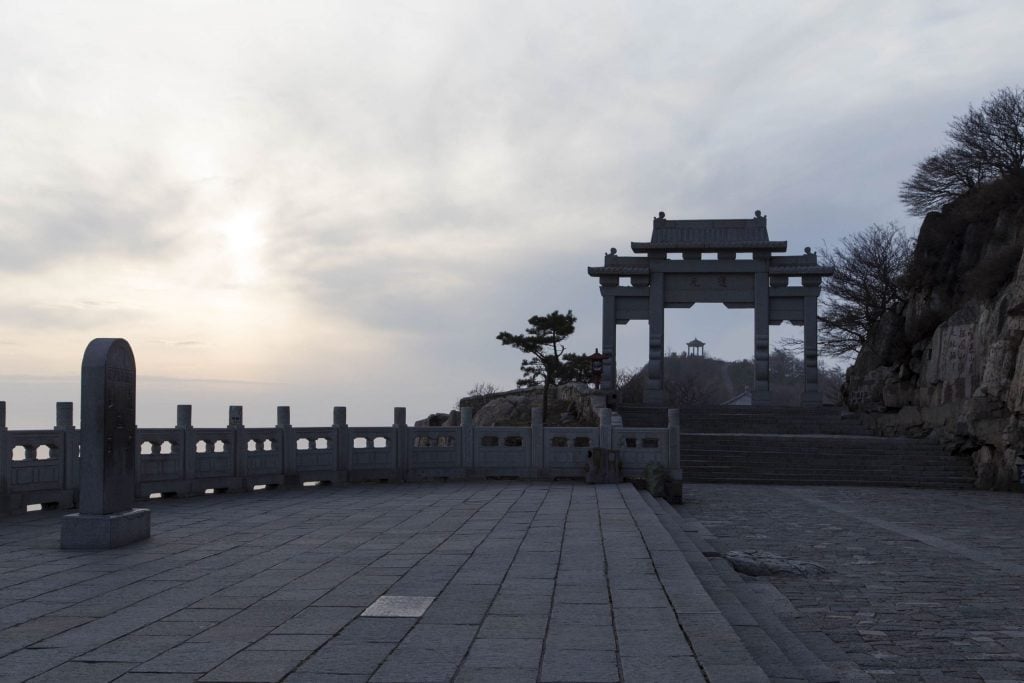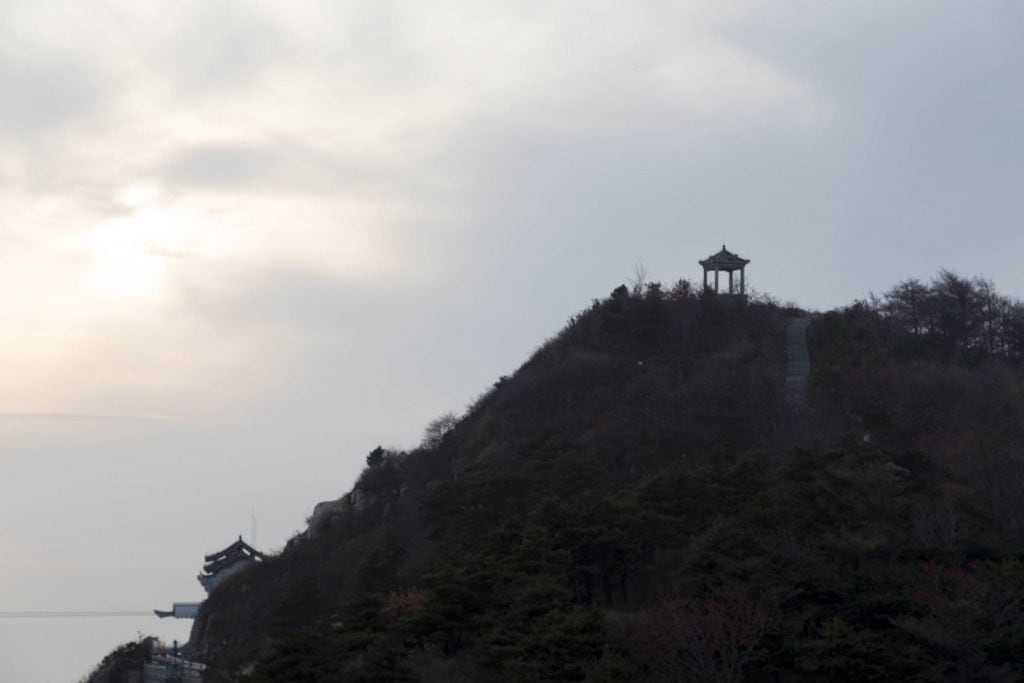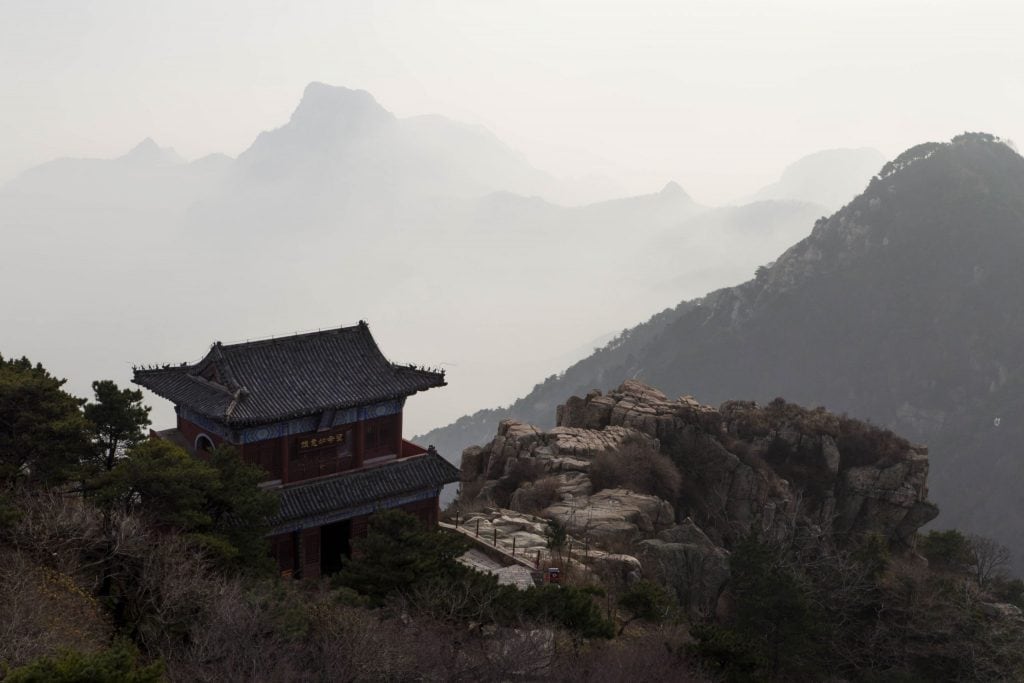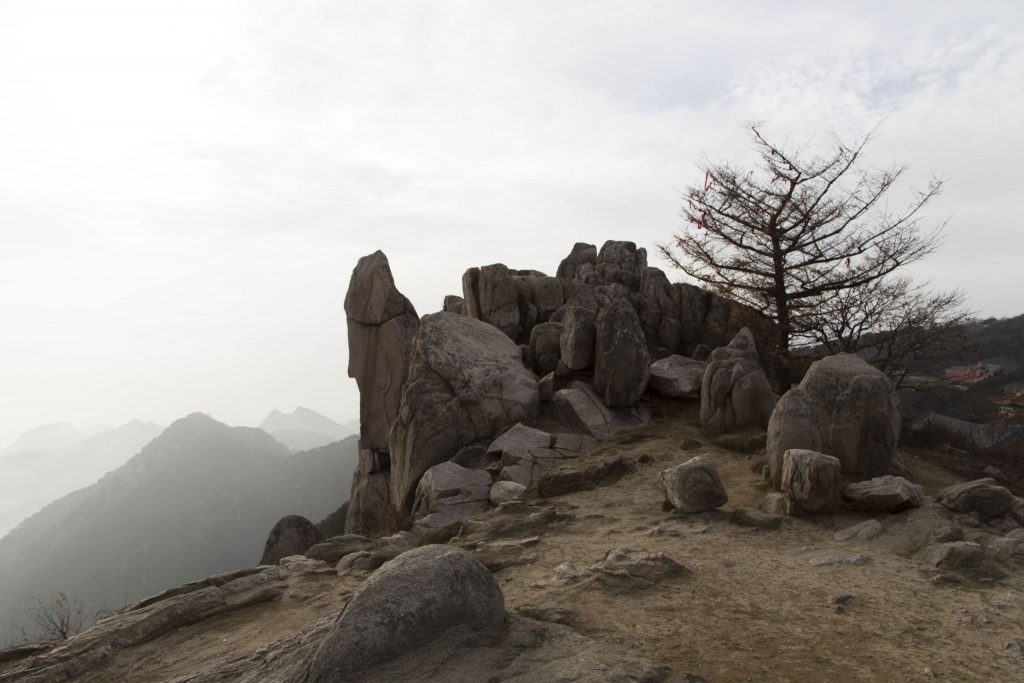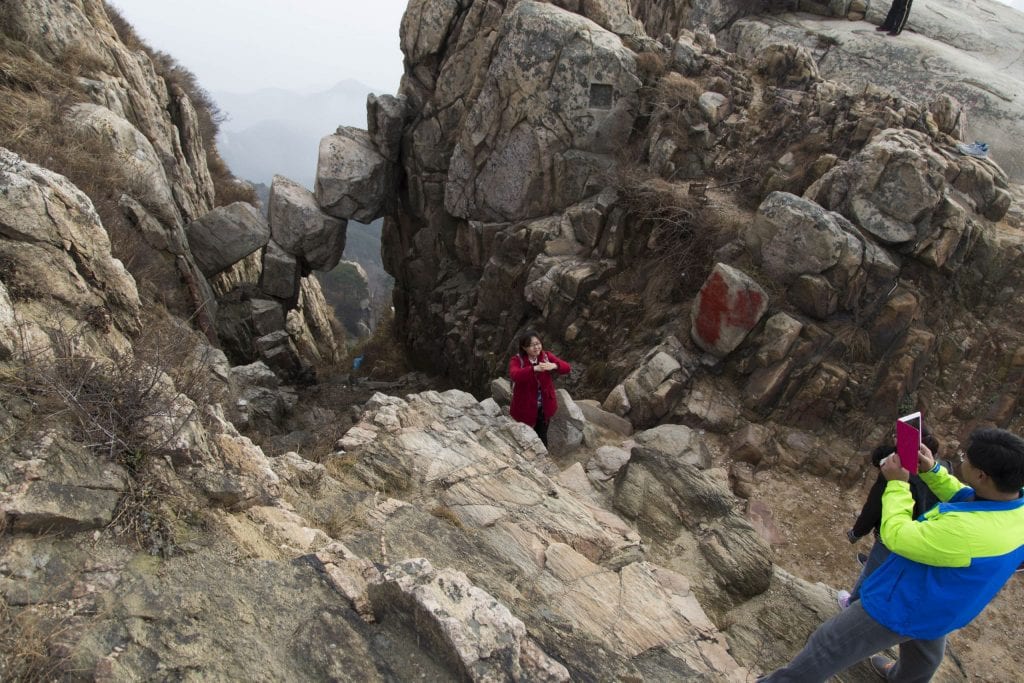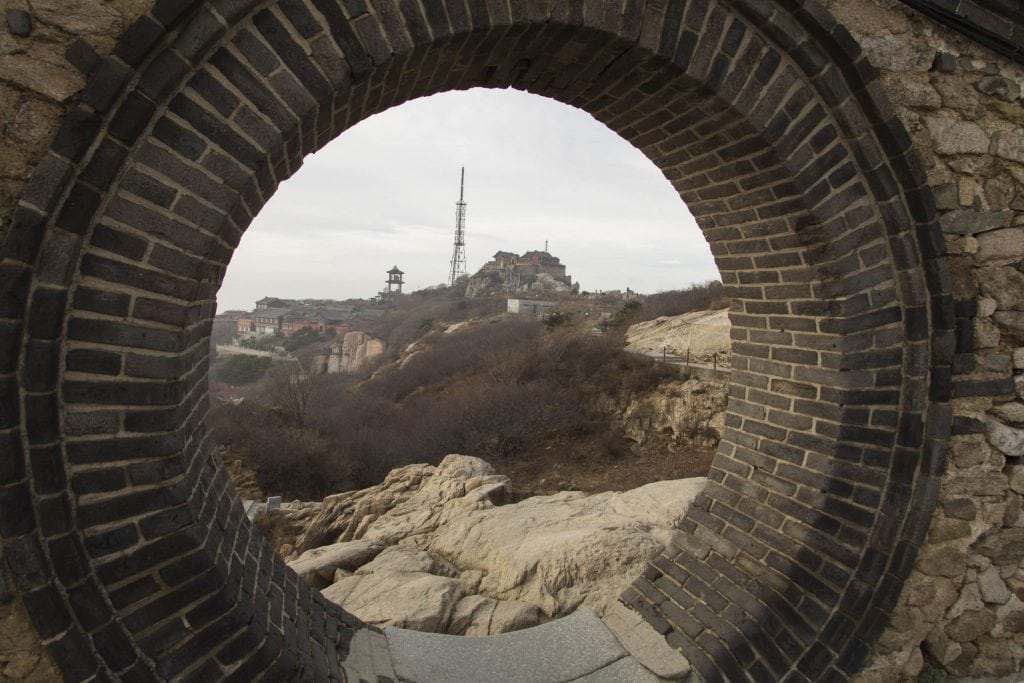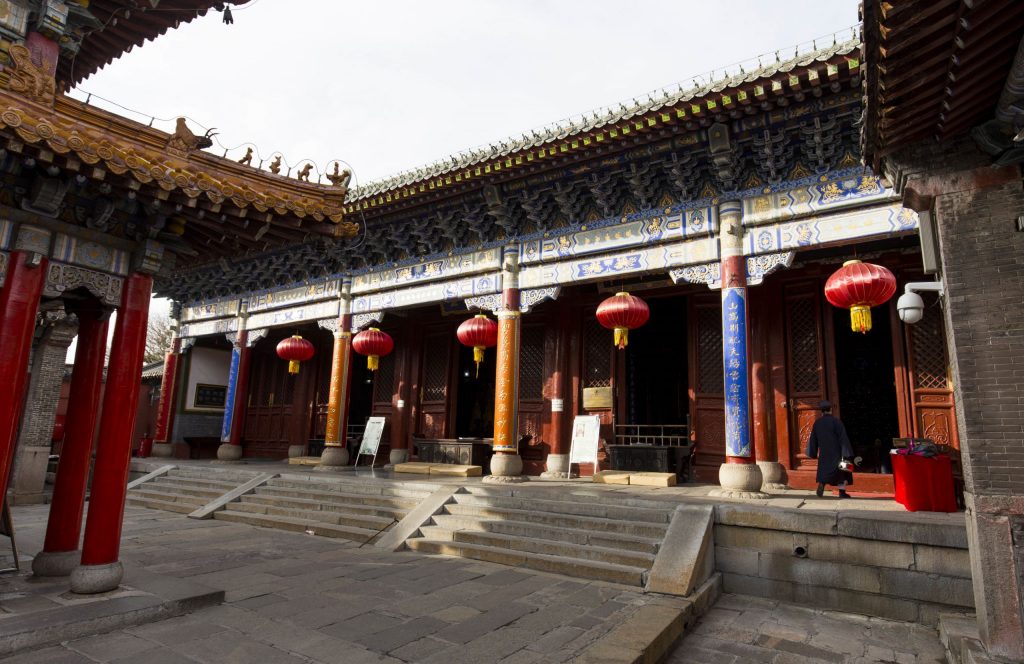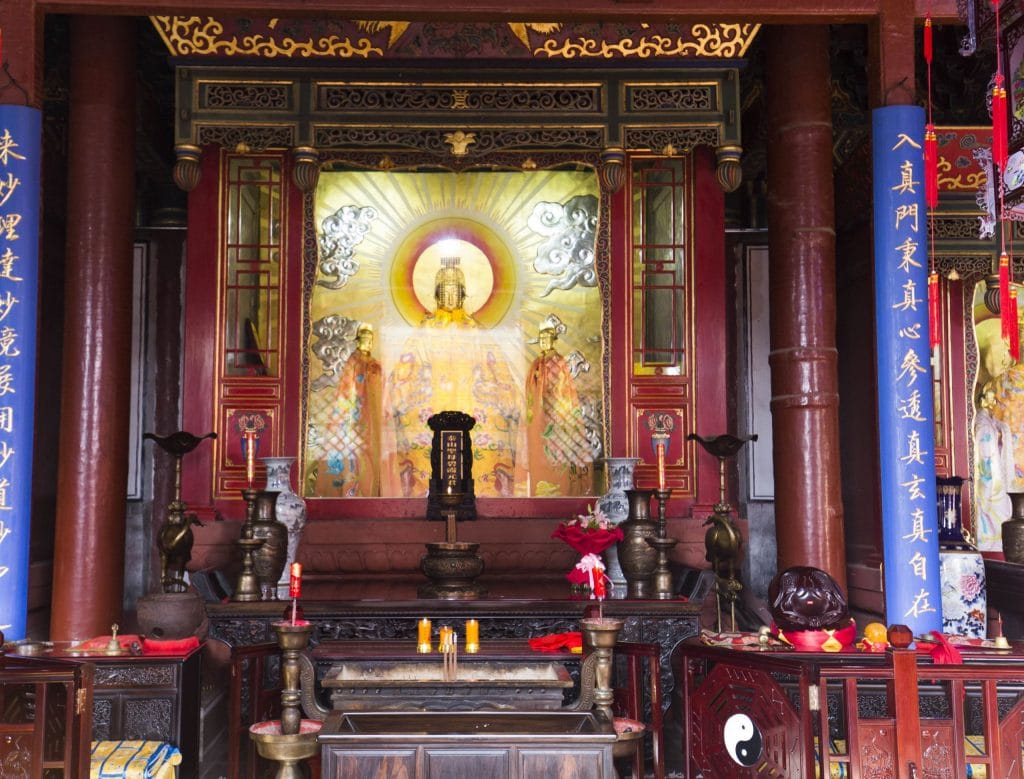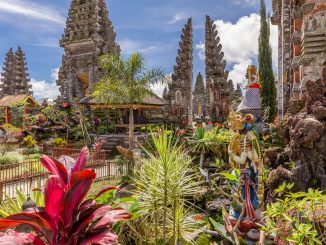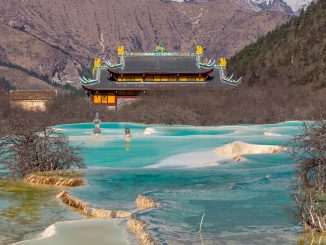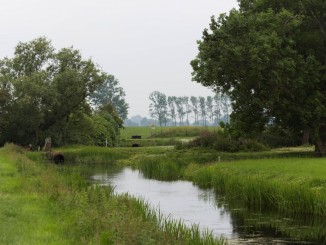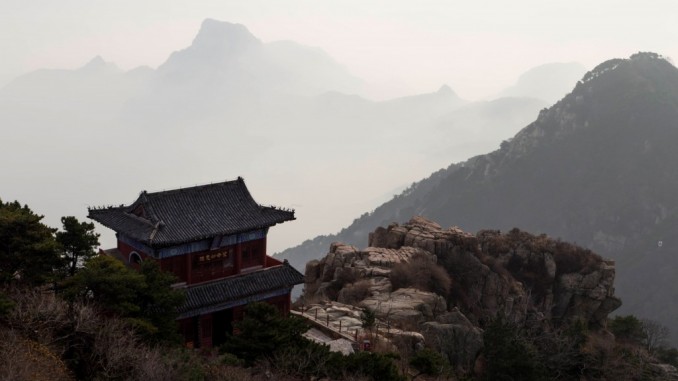
Table of Contents
China has various groups of sacred mountains of which the five most renowned are referred to as the Five Great Mountains. They are not categorized in either Buddhism or Taoism but related to both but a bit more to Taoism. I have visited other sacred mountains in other trips to China but now it was time to visit Mount Taishan which is the eastern great mountain of the five. This mountain is declared a UNESCO World Heritage Site, so something I could not miss in my quest to visit all of these sites. Enjoy climbing this mountain with me!
Getting to Mount Taishan
Mount Taishan is located south of Jinan, Shandong Province just north of the city of Tai’an. It can be reached in just 30 minutes by high-speed train from Jinan or a 3 hour train ride from Beijing. I stayed in Jinan to also have a full day in Jinan to explore this city of hot springs in China I had not seen before. From the Tai’an train station it’s a 20 minute drive towards the entrance of the mountain. If you plan to go up by bus to the halfway station make sure that the taxi drops you at the right entrance. My original plan was to walk up the full mountain but due to leaving an hour late from Jinan I decided at the halfway point to take the last part up the mountain by cable car. This was a good choice as otherwise I could not have finished the tour of the mountain before the evening would fall.
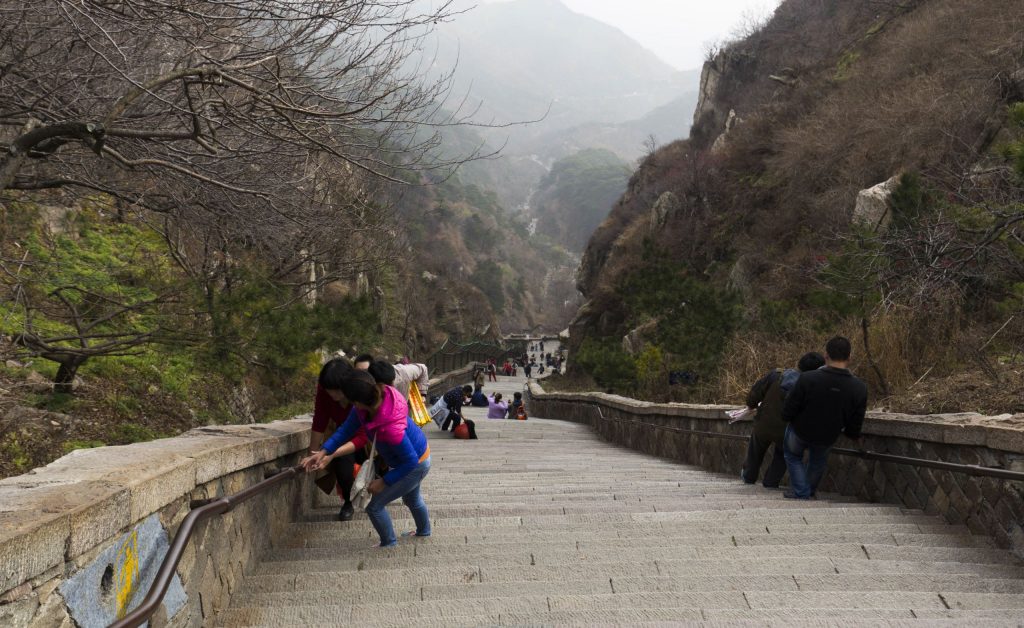
Climbing Mount Taishan
The climb up the Mount Taishan in autumn is beautiful with leaves colored from yellow to red and dark brown. It is however a long way up the stairs as you can see in the above image. Before going up the mountain a visit to the Dai Temple is a must which is located at the foot of the mountain. The mountain was formed in the Cambrian period where two plates come together. On one side it has a gentle slope and the other a very steep ridge, this is called a tilted fault-block formation. The steep slope rises from the Shandong plateau with the highest peak at 1545 meters high. This peak is called the Jade Emperor Peak. The walk up will take you along various trees of which some cypresses date back to the Han dynasty over 2000 years ago. Further there are some pavillions, a temple and many steeles and inscriptions along the way. The first part of the walk up the mountain took me close to 3 hours and the second part would have taken me about 2 hours more. As I was running late I took the cable car from midway towards the top after which I had a 2-3 hour walk there including the highest point. The views at the top are rewarding!
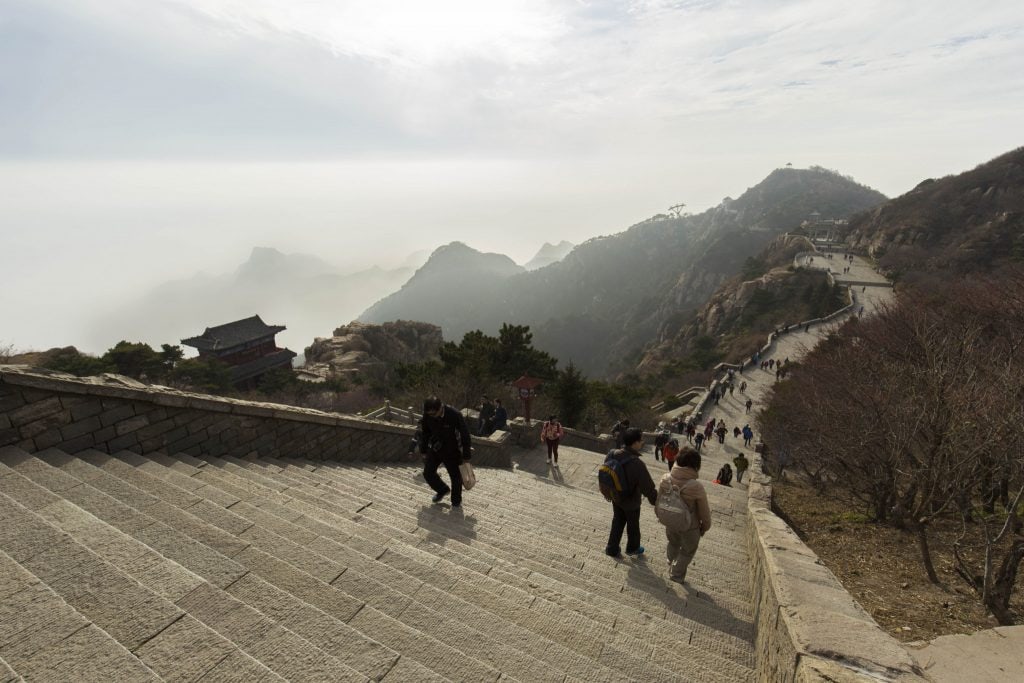
At the top of Mount Taishan
The mountain became one of the most important mountains in Chinese history because as many as 72 emperors visited its top. Also other famous writers and painters visited the mountain for inspiration. At the top you can explore and learn about its history. If you conquered all the 6500+ steps to the top it is said you will be rewarded with long life as it’s the mountain of sunrise, birth and renewal. The first part at the top is more like a road full of shops and restaurants, this is a bit less interesting but nice for a quick lunch and to warm up as it was pretty cold when I visited. After lunch it was time to explore the top with its temples, steels, inscriptions and beautiful views.
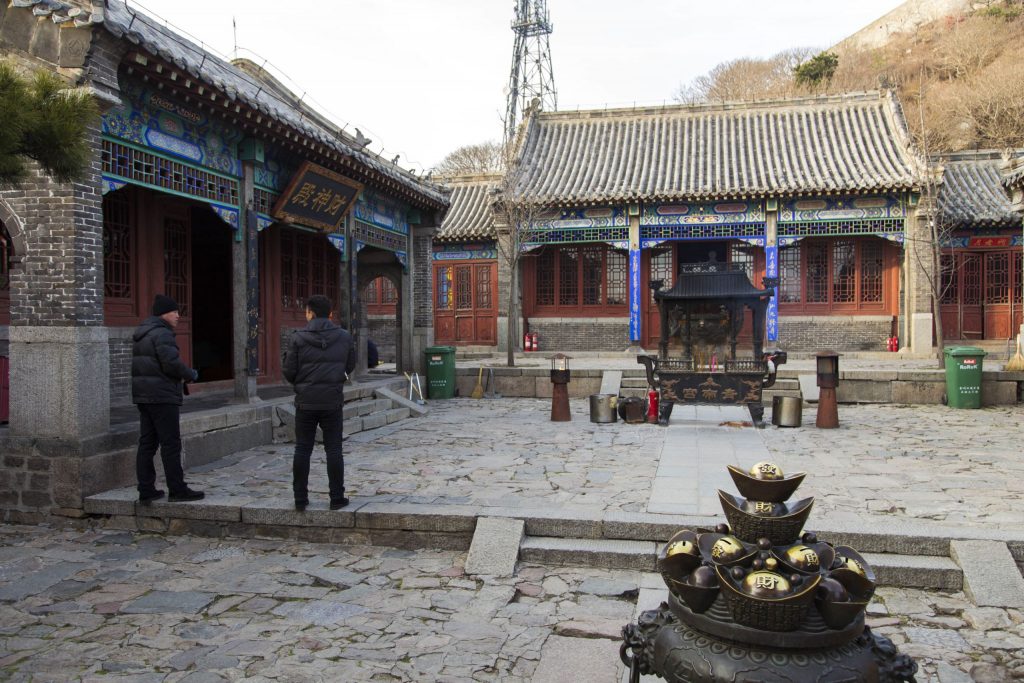
The first temple and one of the more important ones I visited first while walking towards the highest peak was the Azure Clouds Temple and the Bixia Temple. The latter is one of the more important Taoist temples in China and dates back to the Song dynasty. At this point I kept keeping right towards the Terrace of Viewing the Lu State. It is said that Confucius once viewed the state Lu from here. Here you also see the Life-abandoning Cliff where people would sacrifice themselves by jumping off the cliff. It is now renamed to Life-loving Cliff or maybe they should rename it again to the Selfie-Taking Cliff now? The views are beautiful and weather was clearing up a bit.

Now it was time to walk towards the highest peak at 1545 meters: the Jade Emperors Peak. On the top there is the temple of the Jade Emperor with a stele without words in front of it. It was put there by Emperor Han Wudi and left empty because he did not like the text that should have been put on it. At every point the views are like a traditional Chinese painting, clouds, mountains and trees. As it was already getting close to 5 PM I had to start my return journey and catch the cable car and bus down the mountain.
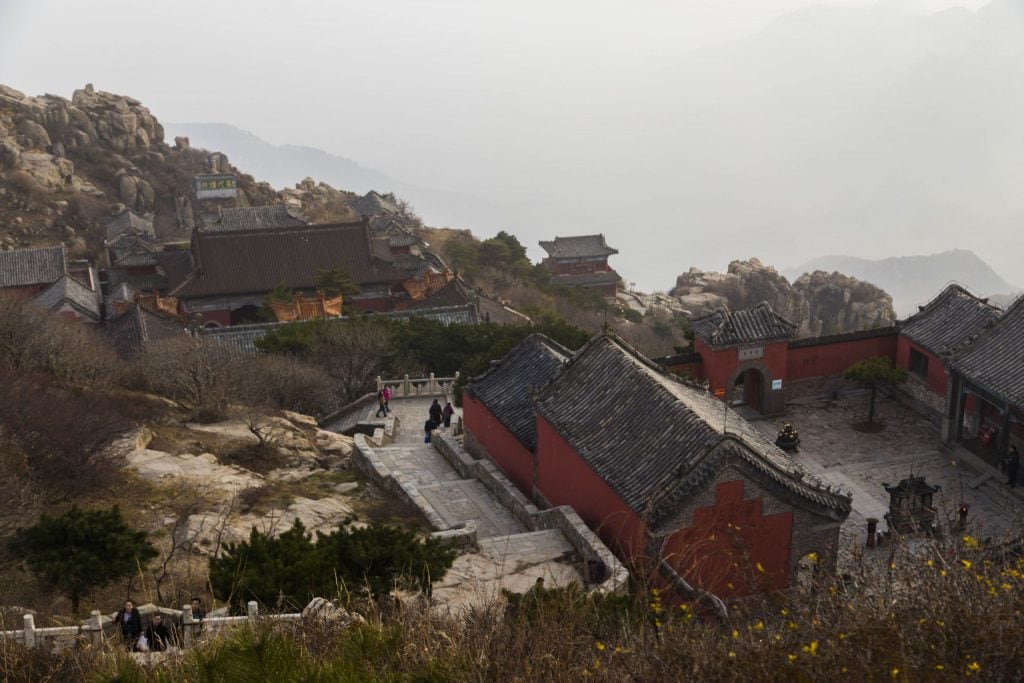
Once I arrived back at Tai’an it was a small challenge to find a taxi to get me back to the train station due to rush hour. At the train station I was luckier as there were no rows to buy the ticket and I was on my way back to Jinan quickly. As I did not know the time I would return it’s impossible to buy train tickets in China in advance as they go by time and fixed seat. They are not exchangeable for any train that day like I’m used to in the Netherlands. The next day I would explore Jinan which is a beautiful city with many water springs. I will share this beauty in another story later with you!
Stay tuned for more stories and subscribe to the newsletter or follow CTB on social media (Facebook, Twitter, Instagram including Instagram stories; on all social media you can find CTB @christravelblog) to get updated information.
Did you visit Taishan too or do you have questions? Please leave a comment at the bottom of the page. Love to hear from you!
Gallery Mount Taishan
Click an image for a full screen gallery of more photos taken during this trip. If you like to use any photo for commercial, private or editorial use please contact first for permission and/or pricing.


